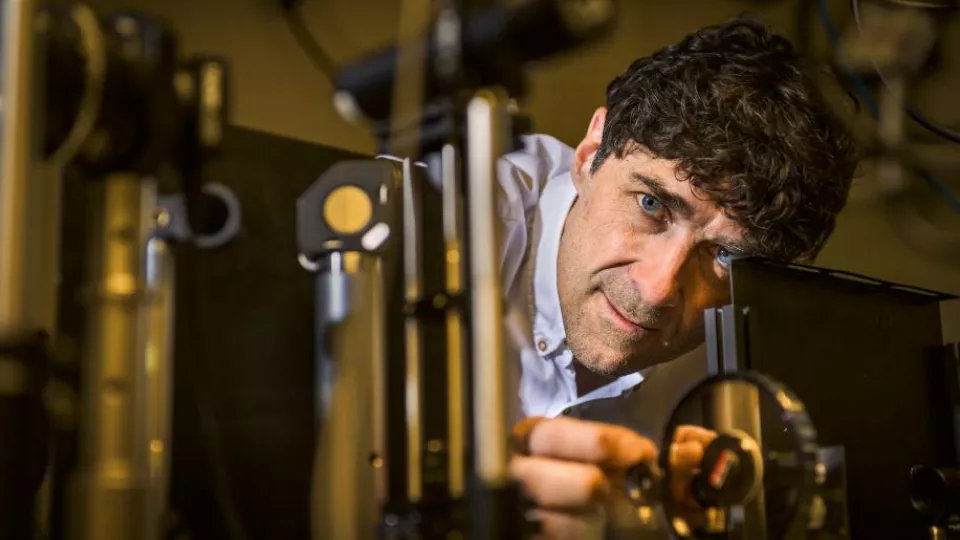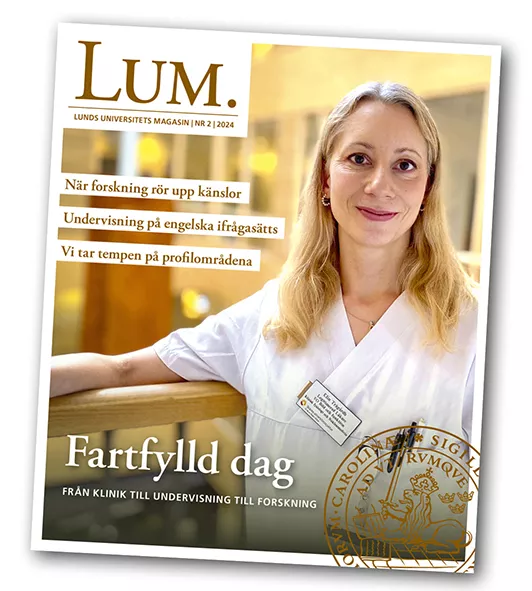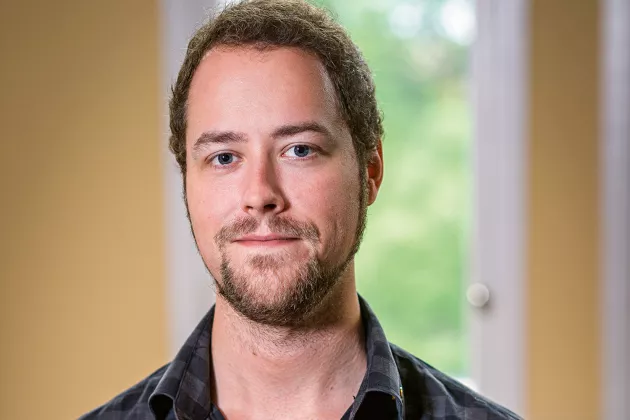Personal experience of excellent research
“It is vital for the vice-chancellor to have personal experience of excellent research. It is necessary to be able to create the conditions for it.”
That is according to Heiner Linke, professor of nanophysics, and leader of the strategic research area NanoLund.
Heiner Linke has discussed the role of the vice-chancellor with the strategic research area staff, leaders of the strategic research areas at the University, and great emphasis was placed on the fact that the vice-chancellor should have recent experience working actively with leading research and modern teaching.
On a day-to-day basis, the vice-chancellor may not seem so significant, but for the development of the University as a whole, the person who decides on the direction of the University and represents it is very important.
“It is important for the vice-chancellor to show leadership, to be proactive and to have a clear vision which they can convey both internally and externally”, says Heiner Linke.
For him and his area of activity, the establishment of Science Village is key. Heiner Linke says there is a need for presence there, a critical mass, a campus – and to achieve this, there is the need for a vice-chancellor who actively creates engagement both locally and with the decision-makers in Stockholm. Therefore, communicative ability is an absolute requirement. The vice-chancellor must be able to convey who we are and where we are headed both internally to the administration, students and teaching staff and externally, to the world outside”, says Heiner Linke.
“Our investment in our large research facilities MAX IV and ESS is admired by many. The vice-chancellor needs to be aware that this comes with a responsibility. Their ability to step outside their own frame of reference and learn about other subjects and their significance for basic research, society and industry is also important.”
Heiner Linke would also like to see another recruitment culture, which he hopes a new vice-chancellor can promote. Within the Swedish higher education sector, recruitments are too often carried out among their own graduates, he believes.
“It does not mean there is anything wrong with the individuals but it creates a culture of the status quo. We need to invest more in external top recruitments within both research and administration. That would lead to a new approach, not only within research but also in administration.”
“There are many very talented administrators but the culture and framework focuses too much on setting rules and allocating administrative tasks to teaching staff and researchers. It focuses too little on supporting the mission by freeing up the best talent.”
The most suitable candidate for a new vice-chancellor could very likely come from far away. Heiner Linke believes that the University would benefit greatly from external influences.
“I would really like to see a vice-chancellor who has previous experience working with both top research and high-level management at another highly-ranked university – ideally abroad. Lund University would benefit from that perspective.”






